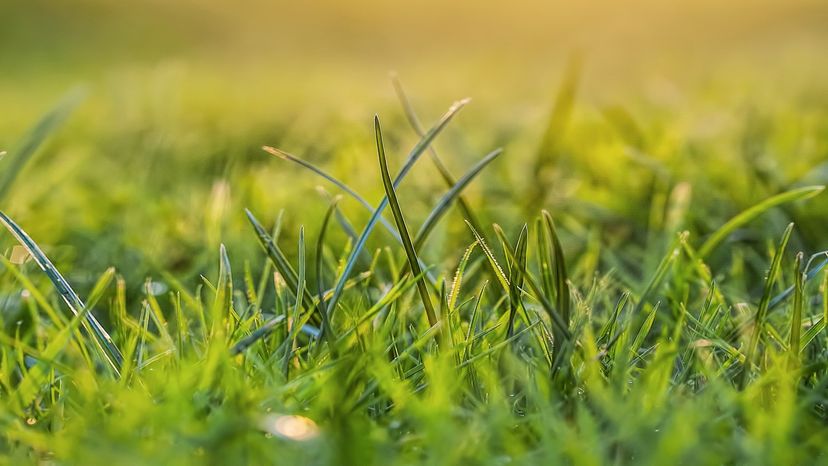A Deep Dive into the Wonders of Grass
When it comes to the natural world, few things are as ubiquitous as grass. From sprawling fields to manicured lawns, grass is a familiar sight in nearly every corner of the planet. But while we may take it for granted, grass is actually an incredibly diverse and important part of the ecosystem. In this article, we'll take a closer look at the wonders of grass, exploring its history, biology, and the many roles it plays in our world.
The History of Grass
Grasses have been around for over 60 million years, evolving alongside the dinosaurs. Today, there are over 10,000 species of grass, ranging from towering bamboo to delicate wildflowers. Grasses are found on every continent except for Antarctica, and are an essential part of many ecosystems.
The Biology of Grass
One of the most remarkable things about grass is its ability to survive in a wide range of environments. Grasses are able to grow in soil that is too poor for many other plants, and can survive droughts, fires, and other environmental stresses. They do this through a variety of adaptations, including deep roots, water-conserving leaves, and the ability to go dormant during periods of extreme stress.
Grass is also incredibly important as a food source for many animals, including cattle, sheep, and deer. In fact, grass is the foundation of many of the world's most important food systems. It is also used in a wide range of other applications, from biofuels to paper to building materials.
The Many Roles of Grass
Grass plays a crucial role in many different ecosystems and industries. Here are just a few examples of the many roles that grass can play:
- Soil Stabilization: Grasses are often used to prevent erosion and stabilize soil in areas that are prone to landslides or other types of soil movement.
- Carbon Sequestration: Grasses are also important for carbon sequestration, helping to remove carbon dioxide from the atmosphere and store it in the soil.
- Food Production: As mentioned earlier, grass is a crucial food source for many animals and forms the foundation of many of the world's most important food systems.
- Biofuels: Grasses are increasingly being used as a source of biofuel, with researchers developing new methods for converting grass into ethanol and other types of fuel.
- Aesthetics: Finally, grass is often used for its aesthetic value, with people around the world planting grass lawns and creating other types of landscapes that feature this ubiquitous plant.
The Future of Grass
As our planet faces increasing challenges from climate change and other environmental threats, the importance of grass is likely to grow even more significant. Scientists are already exploring ways to use grass to mitigate climate change and create sustainable food systems, and it's likely that we will see even more innovations in this area in the coming years.
Conclusion
Grass may seem like a humble plant, but it is truly an unsung hero of the natural world. From its ability to survive in a wide range of environments to its importance as a food source and carbon sink, grass is a vital part of our world. As we look to the future, it's important that we continue to appreciate and protect this incredible plant, recognizing its many roles and potential applications. So let us celebrate the wonder of grass and all that it makes possible.
Labels: envirinment, Interesting


0 Comments:
Post a Comment
Subscribe to Post Comments [Atom]
<< Home